Elbow Fracture: Olecranon, Radial Head, Distal Humerus
Aug 30, 2019Richard “Alex” Sweet II, MD
Anatomy: The elbow joint is made up of three bones, the radius and ulna (forearm bones) and the humerus (upper arm bone). Any of these three bones can be broken and most require surgery to regain any function of the elbow. These bones work in synergy with a complex set of ligaments and tendons to form the elbow “hinge” joint that allows for forearm rotation. It is truly a very impressive natural engineering marvel.
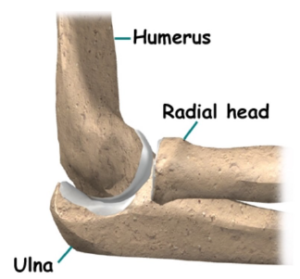
Olecranon (Ulna) Fractures
Fractures of the ulna at the elbow are called Olecranon fractures. The Olecranon is the part of the ulna that transmits the force of the triceps muscle and extends the arm. Without getting this fixed, the arm cannot be actively straightened and is highly unstable. Surgery allows for early motion and prevents severe stiffness of the elbow joint. It is very difficult to regain elbow motion once lost. Typically, Olecranon fractures are treated with a plate and screws and gentle range of motion can be started almost immediately once the skin and soft tissue has some time to heal. In very skinny patients the plate can cause soft tissue irritation and need to be removed once the bone has fully healed. However most patients tolerate the hardware without issue.
Radial Neck/Head Fractures
When the radius is broken at the elbow it involves either the neck or head. Oftentimes these injuries are nondisplaced (properly aligned) and can be treated without surgery. However, if displacement (separation/malalignment) occurs, surgery is indicated. The radial head stabilizes the elbow joint and is the primary structure allowing forearm rotation. Sometimes a small plate or screws can be used to fix the bone, but more commonly the head is simply replaced with a metal prosthetic head. The outcomes from radial head replacement surgery are quite good. Early range of motion is again vital to the long term outcome of the elbow.
Distal Humeral Fractures
Humerus fractures that occur near the elbow can be very difficult to treat. Typically the bones break into many small fragments and are very difficult to piece back together. Non-operative management is only indicated in very sick and elderly patients as the outcome without surgery is quite poor. Surgery is quite complicated and nerves vital to the function of the arm and hand must be dissected out and protected. These fractures require fixation with large plates (typically 2) and many screws. Additionally the olecranon oftentimes blocks the surgeons view and can make realigning the bone almost impossible. Sometimes the Olecranon must be intentionally cut/broken (osteotomy – with a saw in a controlled manner) to aid in visualization and then repaired with a third plate after the humerus is fixed. These surgeries are generally considered to be among the most complex in all of orthopedic trauma.
Post Operative Course: Immediately after elbow surgery most patients are placed into a splint with a sterile dry dressing on the elbow. The splint should be worn at all times for at least 10-14 days until seen in the office to have the staples removed. If you are unable to return to the office until 3-4 weeks after surgery, you should remove the splint at 14 days and begin gentle elbow motion.
- Dressings: Along with the splint will remain in place until seen in the office typically.
- Staples: Come out at the first postoperative office visit at 2 weeks.
- Weight Bearing: 8-12 weeks of non weight bearing is required for bony healing based on the injury. While light activities such as typing and hygiene may be ok, carrying anything including a cup of coffee or even opening a door is not permitted.
- Range of Motion: Early range of motion is vital to a good outcome. Once the splint is removed active (patient bending the elbow themselves) range of motion exercises should be started IMMEDIATELY to regain motion.
- Therapy: Controlled passive (someone bending the elbow for you) range of motion will be started with physical therapy after 4-8 weeks of healing.
- Long Term: It takes 3 months for the bone to fully heal. The most important thing to know about elbow fractures is that they rarely ever get full extension even after surgery. The reason for this is multifactorial, but it is certainly something to be aware of as a patient. Functional elbow flexion to allow for hygiene activities to the face and backside is generally expected, but can be limited based on the extent of the injury. Lack of elbow extension, while seemingly bothersome, is generally very well tolerated by patients. While the plates and screws are designed to stay in the body forever, occasionally some patients suffer from soft tissue irritation. In these rare cases, plates and screws can be removed once full healing has been achieved.



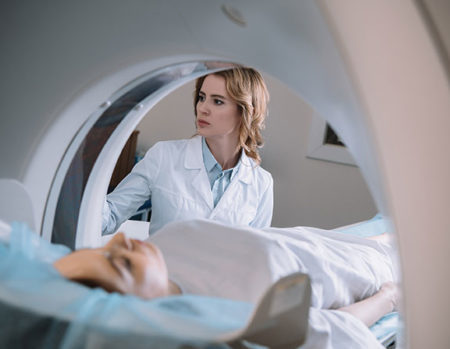 Our patients can receive MRI imaging onsite at both our Louisville and New Albany Clinics.
Our patients can receive MRI imaging onsite at both our Louisville and New Albany Clinics. Providing the latest advances in orthopedic surgery is our specialty.
Providing the latest advances in orthopedic surgery is our specialty.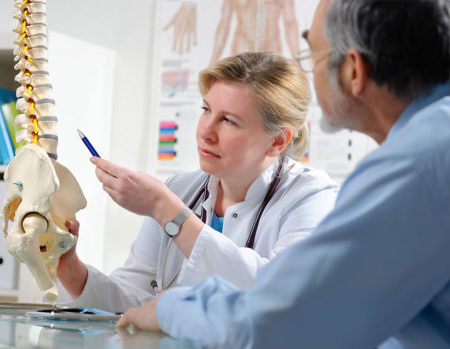 We take a unique, multidisciplinary approach to pain management.
We take a unique, multidisciplinary approach to pain management.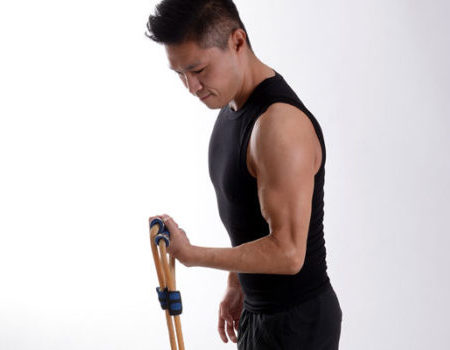 Our physical therapists use advanced techniques to help restore strength and mobility.
Our physical therapists use advanced techniques to help restore strength and mobility. 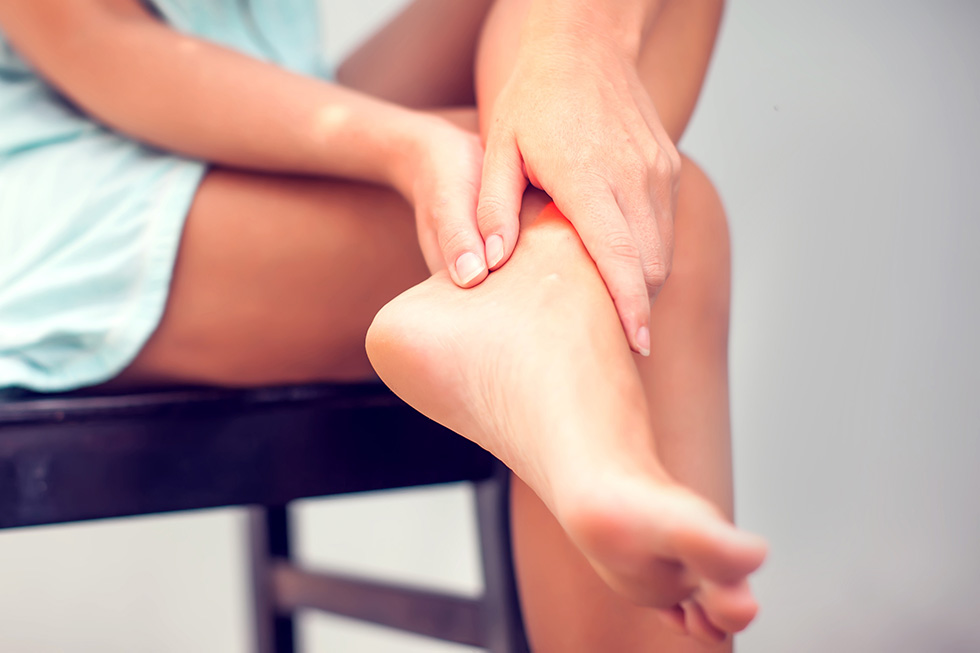 We provide comprehensive, conservative care for a wide variety of foot and ankle conditions.
We provide comprehensive, conservative care for a wide variety of foot and ankle conditions. We offer same- and next-day care to patients with acute injuries.
We offer same- and next-day care to patients with acute injuries.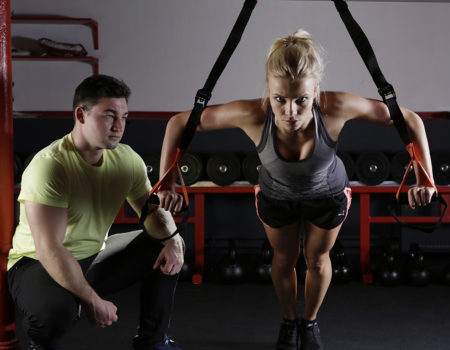 Get back in the game with help from our sports medicine specialists.
Get back in the game with help from our sports medicine specialists. 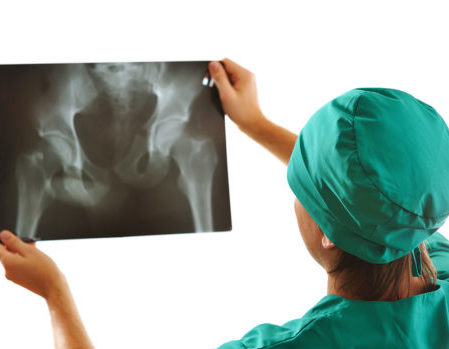 Our centers are equipped with a state-of-the-art digital X-ray machine.
Our centers are equipped with a state-of-the-art digital X-ray machine.